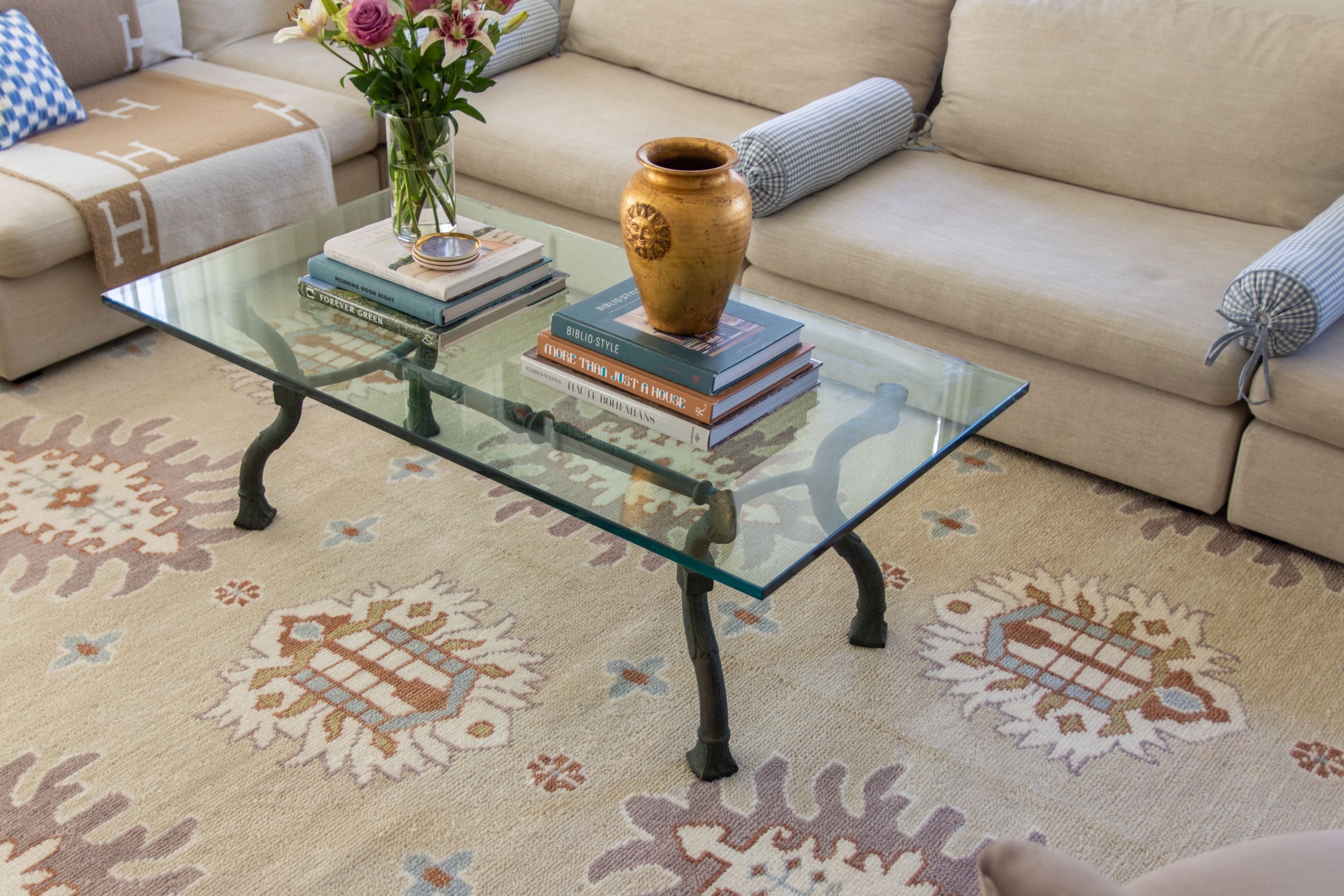Best Native Plants for Wildlife-Friendly Home Gardens in the Denver Area
 Creating a home that feels connected to its environment is about more than curb appeal. For Denver homeowners, landscaping with native plants can transform a property into a haven for pollinators, birds, and beneficial insects—all while conserving water and reducing maintenance.
Creating a home that feels connected to its environment is about more than curb appeal. For Denver homeowners, landscaping with native plants can transform a property into a haven for pollinators, birds, and beneficial insects—all while conserving water and reducing maintenance.
Wildlife-friendly gardening is not just an aesthetic choice; it is a sustainable investment that adds both beauty and long-term value to your home.
This guide explores the best native plants for wildlife-friendly home gardens in the Denver Metro area and how to design an outdoor space that thrives in the Front Range climate.
Discover how to create a wildlife-friendly garden in the Denver Metro area using native plants. Learn which perennials, shrubs, and grasses thrive locally, attract pollinators and birds, and reduce maintenance. Remember that this guide also covers seasonal care tips, design strategies, and local resources to help homeowners build sustainable, eco-friendly outdoor spaces.
Key Takeaways
-
Native plants thrive in Denver’s climate – They require less water, resist local pests, and survive seasonal extremes.
-
Wildlife-friendly gardens support biodiversity – Attract pollinators, birds, and beneficial insects while enhancing your yard’s ecosystem.
-
Thoughtful design is essential – Group plants by water needs, layer heights, and include sheltering elements for maximum impact.
-
Seasonal care enhances sustainability – Plant after the final frost, water deeply but infrequently, and leave seed heads for wildlife in winter.
-
Local resources make planning easier – Denver Botanic Gardens, Harlequin’s Gardens, and the Colorado Native Plant Society provide native plant options and expert guidance.
Why Choose Native Plants in Denver?
Unlike many imported ornamentals, native plants in Denver landscaping are naturally adapted to our high-altitude climate, variable rainfall, and challenging soils. They thrive with less water, require fewer fertilizers, and are resilient to Colorado’s seasonal temperature swings.
For homeowners, the benefits go beyond convenience. Native plants play an important role in supporting Denver’s pollinators and songbirds, which in turn help maintain ecological balance. A wildlife-friendly yard not only looks good but also aligns with water-wise principles like xeriscaping that are increasingly important in Colorado real estate.
Top Wildlife-Friendly Native Plants for Denver Yards
Denver offers an impressive variety of native plants that provide food, shelter, and nesting opportunities for local wildlife. Below are some of the best options for homeowners in Denver Colorado looking to create a balanced, eco-friendly yard.
Flowering Perennials for Pollinators
Perennials are the backbone of wildlife gardens, offering season-long color and reliable nectar sources.
-
Rocky Mountain Bee Plant (Cleome serrulata) – Known for attracting bees and hummingbirds, this tall summer bloomer thrives in full sun and poor soils.
-
Purple Coneflower (Echinacea angustifolia) – A classic for Denver gardens, coneflowers support butterflies in summer and provide seed heads for birds in winter.
-
Blanketflower (Gaillardia aristata) – Drought-tolerant with a long bloom season, this perennial adds vibrant color while drawing in pollinators.
These plants are frequently showcased at the Denver Botanic Gardens, reinforcing their local reliability.
Native Shrubs for Birds
Shrubs provide essential food and shelter for Denver’s bird population.
-
Chokecherry (Prunus virginiana) – A hardy shrub with fruit that feeds songbirds and small mammals.
-
Rabbitbrush (Ericameria nauseosa) – Excellent for late-season pollinators and a striking visual feature in fall.
-
Golden Currant (Ribes aureum) – Offers fragrant yellow flowers in spring and berries in summer, appealing to both hummingbirds and wildlife.
These native shrubs are especially valuable in residential neighborhoods where bird habitat is limited.
Grasses and Groundcovers for Habitat
Grasses and low-growing groundcovers bring structure and erosion control while serving as shelter for insects and small wildlife.
-
Blue Grama Grass (Bouteloua gracilis) – Colorado’s state grass, thriving with minimal water and providing seed for birds.
-
Buffalograss (Bouteloua dactyloides) – A soft, lawn-like grass alternative requiring far less water than Kentucky bluegrass.
-
Prairie Zinnia (Zinnia grandiflora) – A hardy groundcover with bright flowers that attract pollinators and fill in difficult spaces.
Together, these species create a layered landscape that balances beauty with biodiversity.
Designing a Wildlife-Friendly Garden in the Front Range
Successful wildlife-friendly landscaping in Denver is about more than choosing plants—it requires thoughtful design. By grouping plants according to water needs, homeowners can practice hydrozoning, a principle that conserves resources while supporting healthy growth. Layering different plant heights also creates shelter for birds and beneficial insects.
For more insights on designing your dream garden, consider exploring our guide on designing your dream garden.
Water features, even something as simple as a shallow birdbath, help wildlife thrive in Denver’s dry summers. Homeowners can also use locally sourced mulch, such as cedar or pine, to retain soil moisture and insulate roots through winter freezes.
For a deeper understanding of how to incorporate functional water elements, you might find our article on integrating water tanks into your landscape design helpful.
Seasonal Care Tips for Denver Native Gardens
Maintaining a thriving wildlife-friendly garden in Denver requires seasonal awareness. Our high-altitude climate presents unique challenges, but with the right adjustments, native plants will reward homeowners year-round.
-
Spring: Plant perennials after the final frost, usually late May. This ensures young plants establish without risk of freeze damage.
-
Summer: Water deeply but infrequently to encourage deep root growth. Most natives can thrive with less irrigation than traditional lawns.
-
Fall: Leave seed heads and stems intact. They provide critical food and shelter for birds and overwintering insects.
-
Winter: Minimal cleanup is best. Native plants, even when dormant, serve as protective habitat and add winter interest.
This seasonal approach requires less work overall and highlights one of the primary advantages of native landscapes: low maintenance without sacrificing visual appeal.
Where to Find Native Plants in Denver
Sourcing native plants locally is essential for both success and sustainability. The Denver Botanic Gardens hosts seasonal plant sales that feature a wide selection of Colorado natives. Local nurseries such as Harlequin’s Gardens in Boulder and City Floral Garden Center in Denver also specialize in region-appropriate plants.
For ongoing guidance, the Colorado Native Plant Society provides resources, community workshops, and plant lists specifically tailored to the Front Range. Homeowners who integrate these resources into their landscaping projects not only enhance their property but also support regional conservation.
Final Thoughts
Denver homeowners have an opportunity to create landscapes that are both functional and meaningful. By planting native wildlife plants in Denver, you reduce maintenance costs, conserve water, and support biodiversity—all of which can add long-term value to your property. These gardens are more than a design choice; they are a reflection of thoughtful stewardship and sustainable living.
If you’re weighing eco-friendly upgrades alongside bigger life changes, you may also be considering your next step in real estate. For some homeowners, the choice may be to stay and invest in the landscape, while for others, selling becomes the best move. In those situations, resources like Need To Sell My House Fast in Denver real estate experts can provide a practical option for moving forward without delay.
Whether you’re enhancing your current home or preparing for your next, a wildlife-friendly native garden connects your property to the natural rhythm of the Denver Metro area—offering beauty, resilience, and a sense of place.
Browse by Category

Design Projects
Explore interiors from client work and personal renovations — layered, livable, and always in progress.
read more →
Collaborations
From product launches to styled spaces, discover the brand stories I’ve helped bring to life.
read more →
The Notebook
A growing archive of iconic designers, inspiring artists, and unforgettable design moments.
read more →
Travel by Design
Wander with a designer’s eye — from charming hotels and city guides to visual inspiration abroad.
read more →




